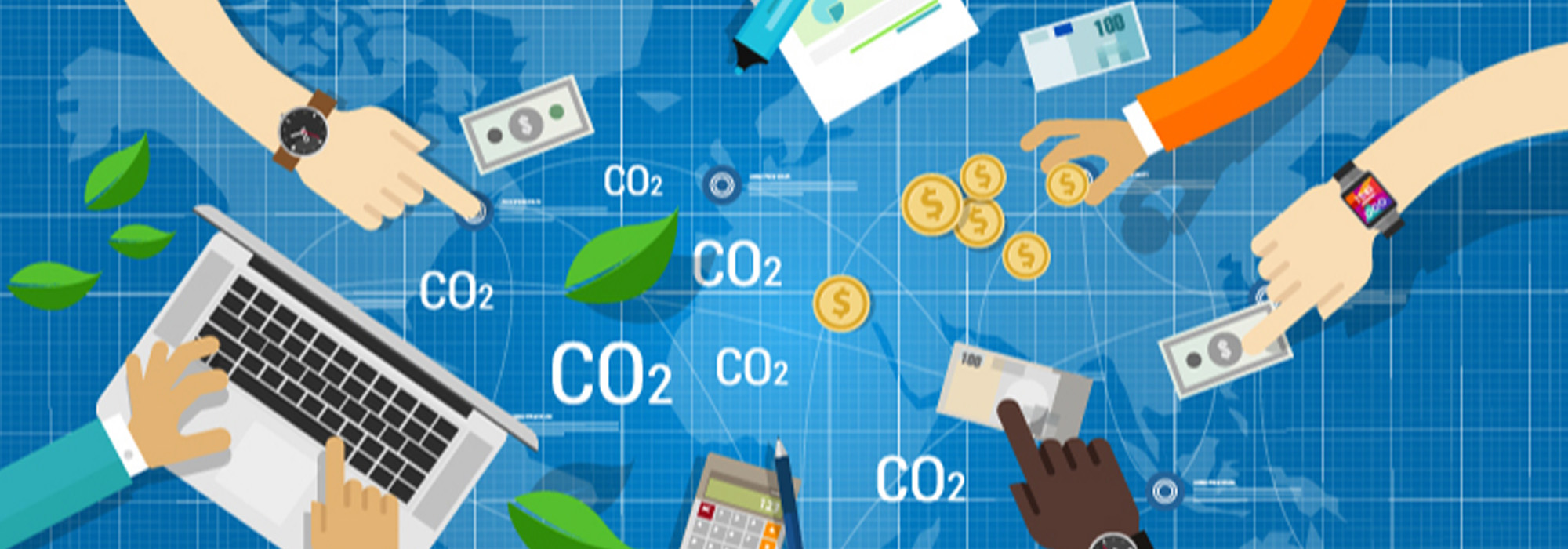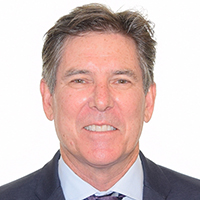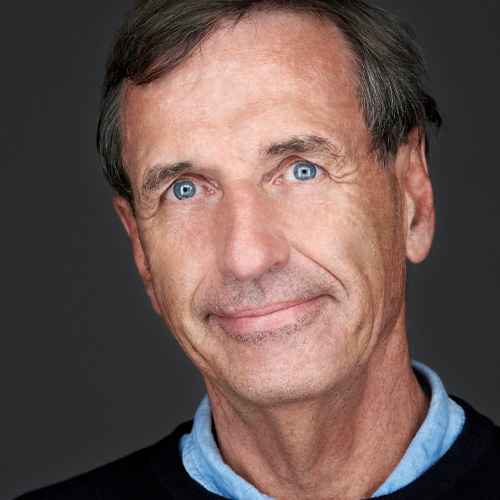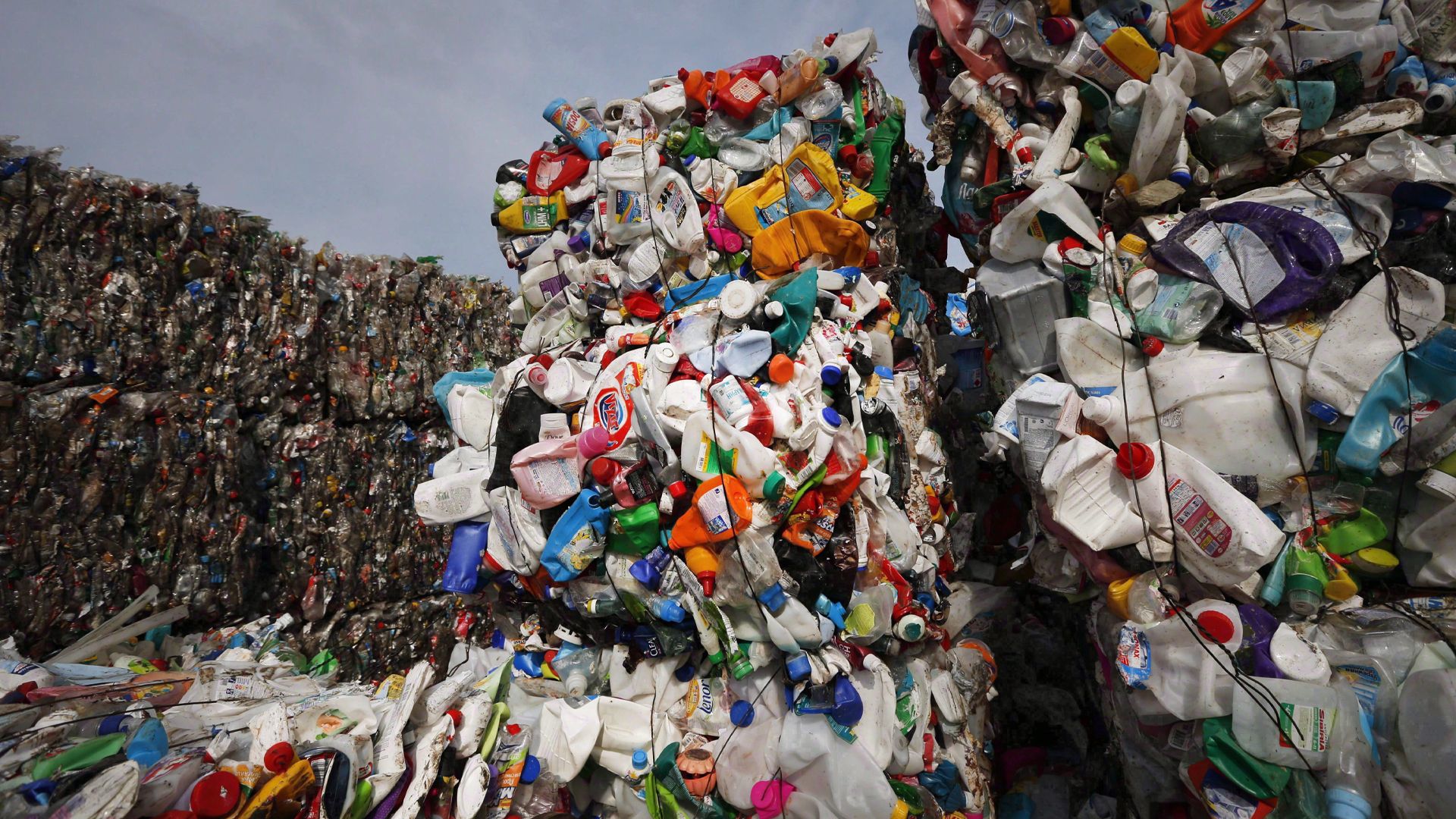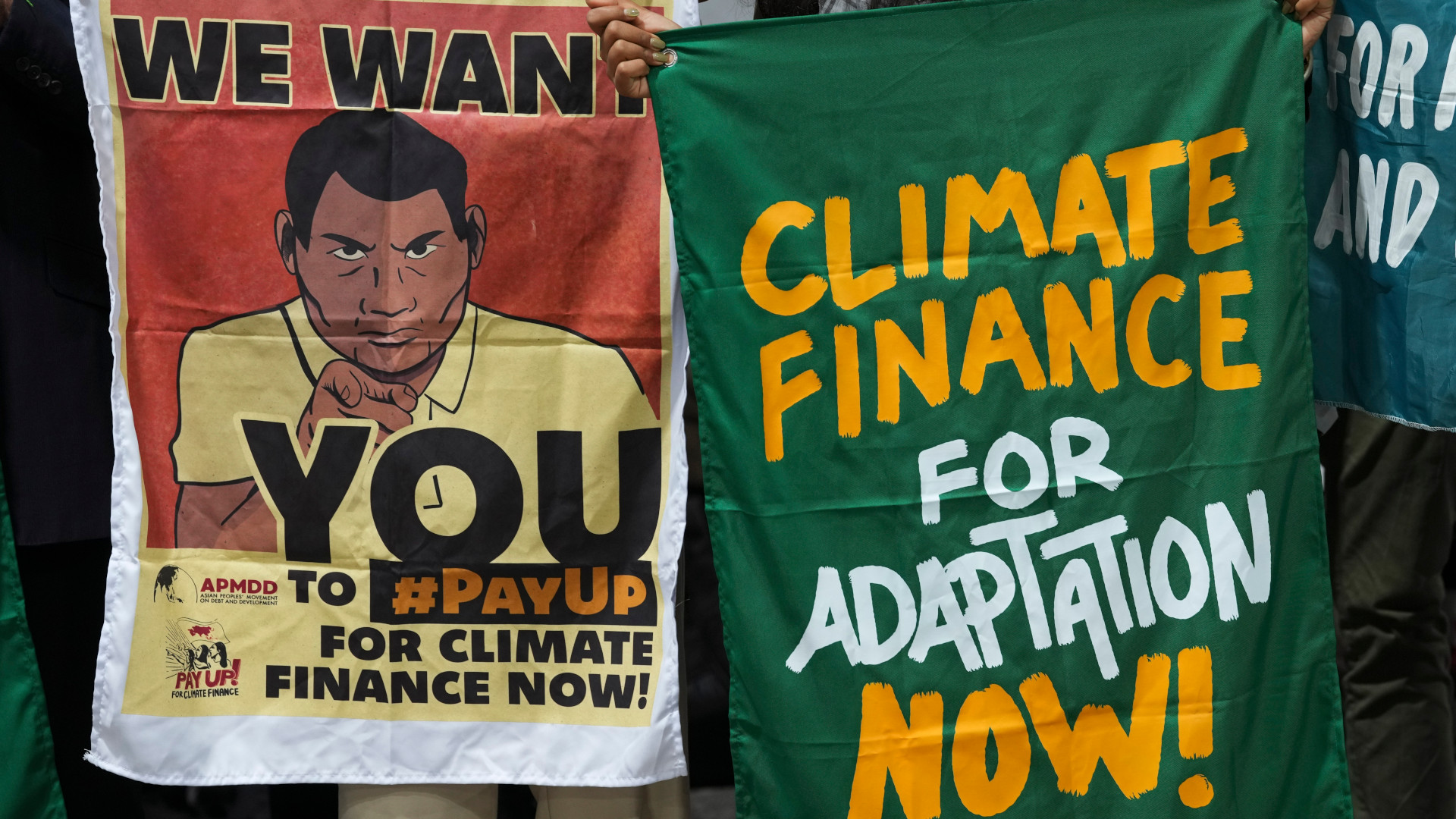
2030 is being dubbed the new 2050. Countries and companies are not only pledging net zero climate targets by mid-century, but are also promising deep carbon-emission reductions in this decade. The Paris climate agreement is based on action by developed and developing countries alike. Yet the economic emergency facing a growing number of developing countries threatens to derail global climate action. Confronting a decade of greenhouse gas-emission cuts is the looming reality of a new lost decade of development. Innovative financing solutions are needed, including new approaches that align sovereign debt with climate and nature actions.
The climate decade
The scientific warning is clear – unless steep cuts in greenhouse gas emissions (GHGs) occur during this decade, the ultimate goal of holding the increase in global warming to 1.5 degrees Celsius, as set in the Paris agreement, will be impossible to reach. President Biden’s Leaders’ Summit on Climate repeated this sense of urgency. New emission-reduction targets by 2030 announced in April 2021 include a 52 per cent cut by the U.S., a 40 to 45 per cent reduction by Canada, and — following a German constitutional court ruling that found that country’s 55 per cent target inadequate — a new target of a 65 per cent cut by 2030 for Germany. It’s not just governments stepping up. For the thousands of companies pledging net zero targets by mid-century, the pressure is on to either produce robust, measurable cuts by 2030, or risk a “green-washing” label of shrouding business-as-usual behind distant climate promises.
A new lost decade?
What counts is carbon action in this decade by both developed and developing countries. Yet the capacity of a growing number of developing countries to advance climate policies is severely weakened. The economic effects of COVID 19 risks a new lost decade of development. For the first time in two decades, extreme poverty increased in 2020, with as many as 115 million people pushed back into extreme poverty. While most economies contracted sharply in 2020, the hardest-hit are those developing countries dependent on tourism and commodity exports. An estimated 155 million people face acute food shortages today, a jump of 20 million people since 2019. The United Nations warns that one billion people risk slipping into poverty by 2030.
Yet another measure of how hard the global pandemic has hit many countries is sovereign debt. In 2020, five countries – including Suriname and Zambia – defaulted. Analysts warn of more to come. More than 40 low-income countries accessed temporary debt-servicing relief through the G20 Debt Service Suspension Initiative (DDSI). However, an estimated 72 countries – including one-third of all emerging economies were recently classified as “vulnerable” to sovereign debt solvency risks, with 19 termed “severely vulnerable.”
Unlike past crises, for many of these countries, there is no clear economic growth path out of deteriorating debt. Unforeseen spikes in public health spending have coincided with the collapse of tourism and of revenue for many export commodities. Compounding these problems are the economic costs of climate change, notably prolonged drought, exposure to extreme heat, coastal and other flooding, changed insect vectors and other stresses, which affect poorer countries at a greater rate than richer ones. Developing countries most exposed to climate impacts also face worsening public debt problems, because climate change is pushing up their borrowing costs on international markets.
The spring 2021 World Bank/International Monetary Fund meetings provided welcome relief. The G20 DSSI has been extended to the end this year. The IMF issued US$650 billion in new special drawing rights, a step that can make a big difference for many developing countries in terms of reserves. A new common framework for debt restructuring will hopefully support more transparent and orderly sovereign debt negotiations involving all creditors. Chad is the first test case to determine if this new framework will actually work.
Less clear is whether these steps will be enough. At the April UN Financing for Development summit, Prime Minister Trudeau as co-chair called for innovative approaches to support developing countries facing the triple crises of debt, climate change and the loss of nature. Aligning sovereign debt with climate and nature action is one such approach. There have been a number of proposals linking debt relief with a green recovery, climate and nature protection goals. Recent analysis has also identified the convergence of Chinese sovereign debt with areas of high climate, ecosystem and Indigenous community importance.
At the 2021 annual meeting of African environment ministers, there was a call for debt swaps to reduce short-lived climate pollutants. Several leaders at the Biden climate summit called for debt-for-climate swaps. The World Bank and IMF are expected to launch a new sovereign debt platform later this year, to support borrowers and creditors in joint action.
Debt proposals can be grouped in three broad clusters.
The first is debt-for-climate swaps and debt-for-nature swaps. In the past, such swaps have been relatively discrete bilateral agreements. However, they can be scaled up to drive wider decarbonization outcomes. For example, debt-for-clean energy swaps included a 2005 bilateral deal in which Spain swapped a portion of its outstanding debt in exchange for the installation of solar energy equipment in Uruguay. Spanish companies sourced the solar panels and other equipment. The Spanish government had a first option in purchasing certified emission-reduction credits from the project. Today, Uruguay has among the cleanest energy systems in Latin America.
A second approach to the current sovereign debt crisis is to issue more debt linked to climate and biodiversity objectives. In 2020, according to the latest Green Bonds Initiative report, US$700 billion were issued in green bonds, blue bonds, climate bonds, nature performance bonds or other debt instruments by governments, the financial sector and development banks to finance energy efficiency, renewable energy and conservation outcomes.
A recent proposal linking debt with nature performance bonds prescribes various verification and standards to strengthen performance transparency, inclusion and outcomes. Taking on additional debt is an option for a growing number of middle-income countries in the early stages of the pandemic recovery. However, it is unavailable for most low-income debt-distressed countries. To date, only two sub-Saharan countries have issued new debt since the pandemic. Moreover, an eventual increase in interest rates will compound debt distress for many.
A third approach is one that Canada can help shape. Canada has helped pioneer blended finance – using development finance to mobilize additional private sector financing for sustainable development in developing countries. One possible aspect involves leveraging equity financing in clean energy, green agriculture and nature-based solutions projects in developing countries.
Canada has been a welcome leader in international nature-based solutions to support climate adaptation, ecosystem conservation, carbon sequestration and other outcomes. Since nature-based solutions have the potential to deliver as much as one-third of global climate mitigation outcomes, private sector investments are predicted to rise steeply by 2030. A task force co-chaired by Mark Carney – the UN Special Envoy on Climate Action and Finance, and former governor of the Bank of England and Bank of Canada – estimates forest carbon sequestration investments valued at US$189 million in 2019 – could grow to US$100 billion per year in the coming decade. Several governments have already linked future carbon-sink services (that is the extent to which their forests, grasslands and wetlands capture and store carbon dioxide) with debt, informally exploring using tropical forests as collateral and future certified emission credits from carbon sinks in lieu of hard-currency debt payments.
However, the risks of getting nature-based solutions wrong are considerable. While International safeguards to protect local communities and ecosystems are well-established, they suffer from weak capacity on the ground. Canada can help structure blended equity financing to strengthen on-the-ground market readiness, investing in spatial planning, localized safeguards, community consultations, gender equity, third-party certification, accounting standards and other tools needed to deliver better climate outcomes.
There are roughly 3,000 days until New Year’s Day 2030. The Paris climate agreement promised US$100 billion annually in public climate finance to support developing countries. With external debt servicing by developing countries sitting at more than US$1.7 trillion annually, the promised but yet-to-be met Paris agreement target may seem modest, but results suggest otherwise. Aligning development and green financing — including though debt and nature swaps, as well as blended finance — can provide part of the broader co-operation needed ahead.





